Product
Six Parameters Patient monitor
₦550,000.00
Features of Patient Monitors:
-
Vital Sign Measurement:Monitors typically measure and display heart rate, blood pressure, respiratory rate, oxygen saturation, and body temperature.
-
Alarm Systems:They have alarm systems that alert healthcare providers to any predefined parameters that fall outside of normal ranges.
-
Data Storage and Display:Many monitors have data storage capabilities, allowing healthcare professionals to review a patient’s historical data.
-
Connectivity:Some monitors can transmit data wirelessly to a central monitoring station or other devices.
-
Durability and Maintenance:Patient monitors are designed to be durable and easy to clean, as they are used in demanding healthcare environments.
Add to cart
Buy Now
Patient monitors continuously track a patient’s vital signs, enabling healthcare professionals to monitor physiological parameters, detect changes, and provide timely interventions for improved patient outcomes and safety.
Uses of Patient Monitors:
-
Continuous Monitoring:Patient monitors are used to continuously measure and display a patient’s vital signs, such as heart rate, blood pressure, respiratory rate, and oxygen saturation.
-
Early Detection of Changes:They help identify subtle changes in a patient’s condition, allowing healthcare providers to intervene promptly before a problem worsens.
-
Improved Patient Outcomes:By providing real-time data, patient monitors enable healthcare professionals to make informed decisions and provide appropriate care, leading to better patient outcomes.
-
Enhanced Patient Safety:Patient monitors alert healthcare providers to any concerning changes in vital signs, enhancing patient safety and reducing the risk of complications.
-
Data-Driven Care:They facilitate data collection and storage, allowing healthcare professionals to track trends and make informed decisions about treatment plans.
-
Critical Care:Patient monitors are essential in critical care settings, such as intensive care units (ICUs), to monitor patients with life-threatening conditions.
Only logged in customers who have purchased this product may leave a review.


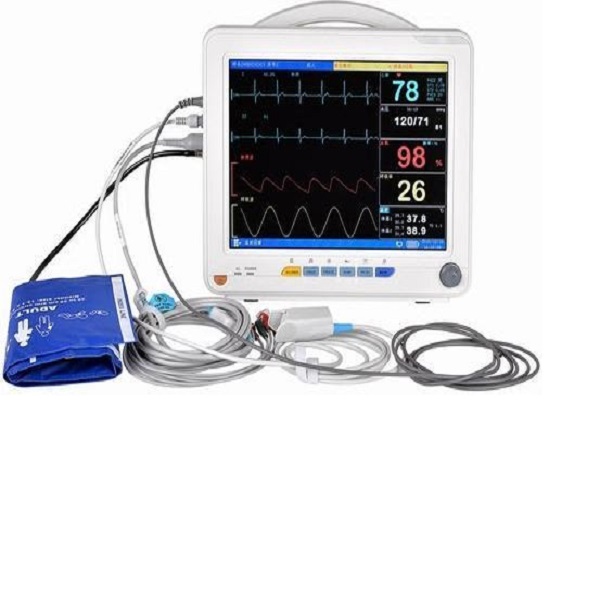
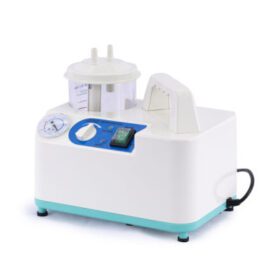
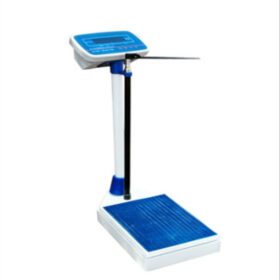
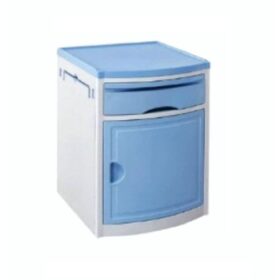
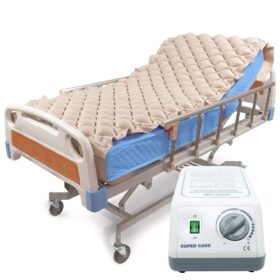


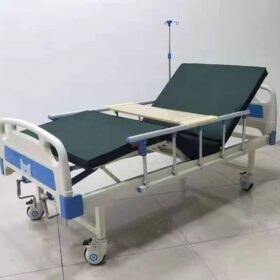
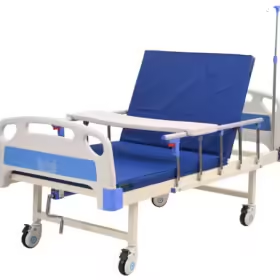
Reviews
There are no reviews yet.